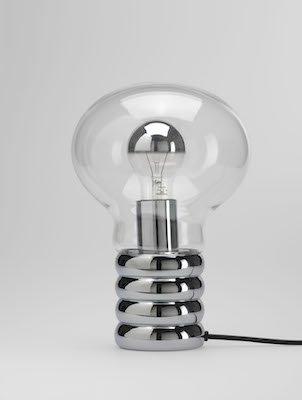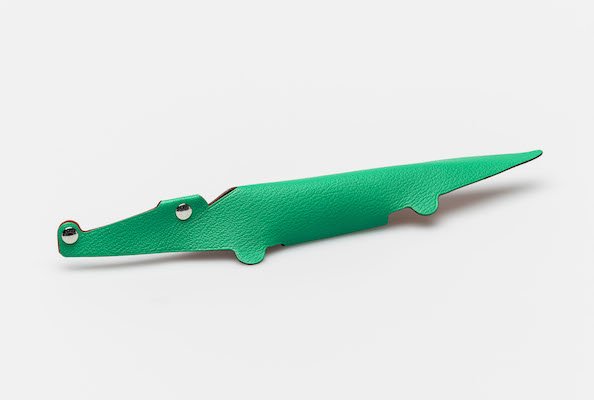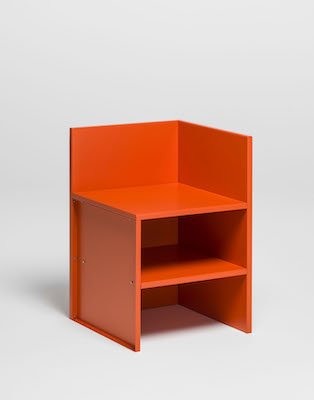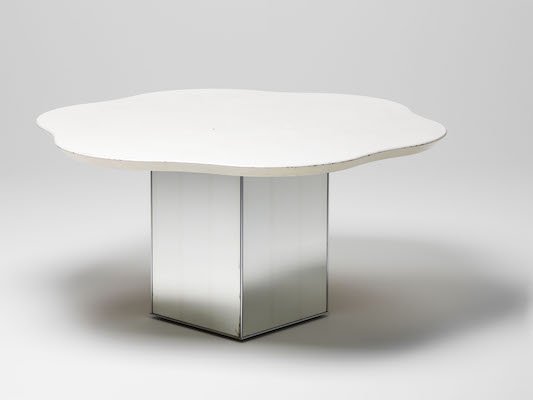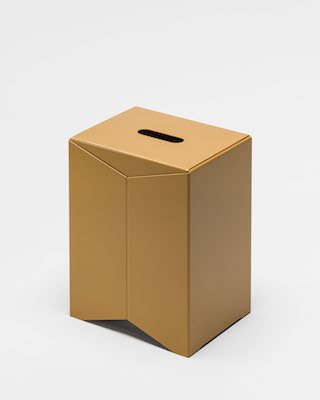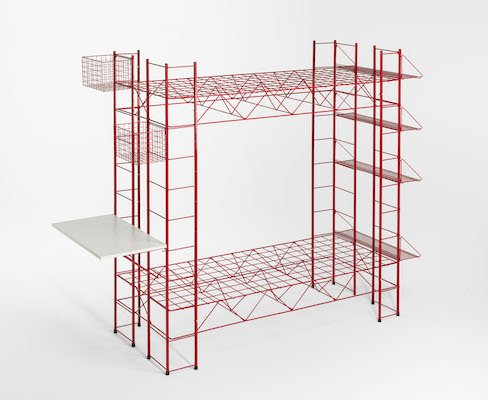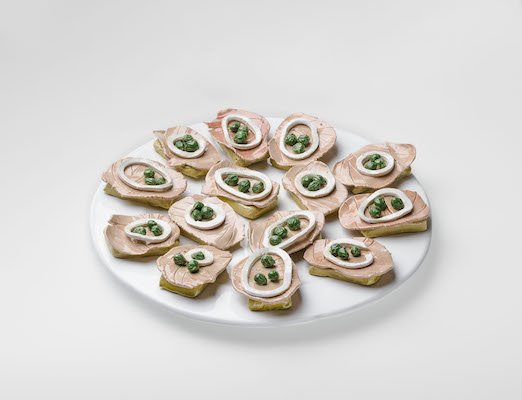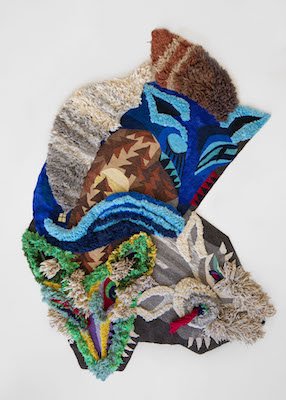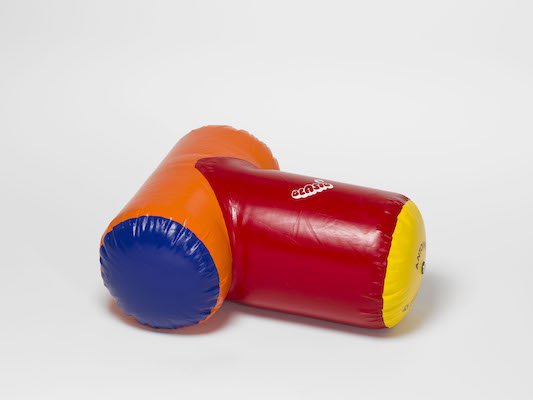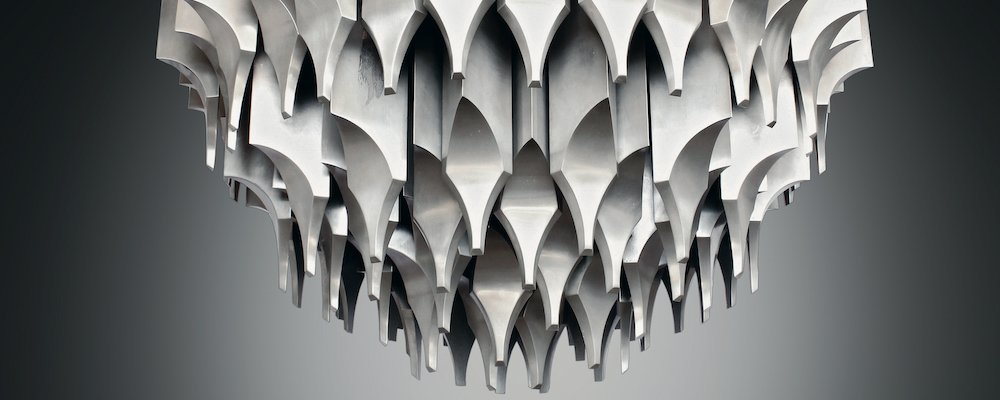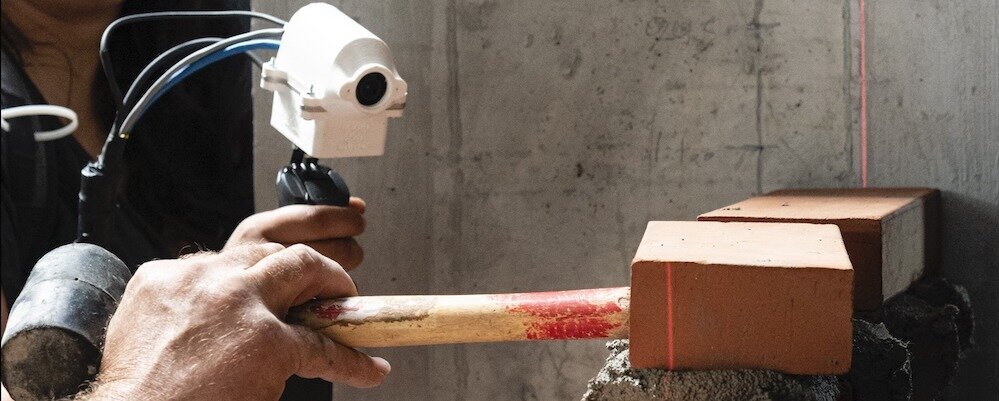6 Rooms × 6 Positions
Six Swiss design studios design a room and furnish it with pieces from the Zurich Design Museum collection. Jörg Boner, Connie Hüsser, Kueng Caputo, Sebastian Marbacher, Panter&Tourron and Adrien Rovero showcase their favourite objects and convey a sense of how they work and what drives them.
A fully furnished room sometimes reveals more than a single design object. It can capture a mood or a trend, exemplify a way of life or a design approach. The Museum für Gestaltung Zürich has therefore invited a younger generation of product and interior designers to articulate their current position by styling a room.
Jörg Boner, Connie Hüsser, Kueng Caputo, Sebastian Marbacher, Panter&Tourron and Adrien Rovero had the opportunity to select the furnishings from over 500,000 objects in the Museum collection. The exhibition reveals the varying approaches of the six studios and over and above revealing their design taste also addresses current topics of debate.
Be it in a gathering of exemplary chair designs, a hotel for digital nomads, an exploration of the myth of Swiss design, an engagement with the gaps in the collection, a tribute to postmodern stylistic diversity, or playful research – 6 Rooms (6 Zimmer) reflects current themes in Switzerland as a design country.
A Tour of the Six Rooms
Zurich-based product and furniture designer Sebastian Marbacher invites figures from the history of design who have influenced him to gather around a table and imagines how they would enter into conversation. The concept of adopting an aesthetic attitude, meticulous design and wit – illustrated by seating furniture – are the subjects of conversation at his Tavolata.
Panter&Tourron from Lausanne has created a temporary living space with flexible furnishings for the digital nomads of tomorrow. Their room, titled Station, could accommodate guests anywhere in the world, in outer space, or even in virtual space.
Incorporating marionettes by Sophie Taeuber-Arp, furniture by Andreas Christen, a rug by Christoph Hefti and a lamp by Baltensweiler, Zurich-based interior and product designer Jörg Boner shows objects that burst the boundaries of the myth of Swiss design, helping to keep it alive.
The duo Kueng Caputo from Zurich turns the spotlight on the question of which objects are still missing from the museum’s in-house packaging collection. The reference is to the many tons of casually deployed, functional secondary packaging deployed worldwide – all enigmatic forms that are mostly ignored or thrown away.
Zurich-based stylist Connie Hüsser is always guided by her passion for design objects in her work as a consultant, home design editor, trend scout or curator. Inspired by an object from the Arts and Crafts Collection, she has lovingly composed an atmospheric roomscape.
Scenographer and product designer Adrien Rovero from Lausanne focuses our gaze on everyday objects such as graphic signs. Thanks to him, we suddenly find ourselves spotting faces in furniture and lamps.
The six design studios invited to participate are each presented with a video and a commentary on the room. In addition, the exhibition also features six of the studios’ own designs, now added to the collection as part of the project.
Collection Policy
It is important to the museum to share scope and authority to interpret the collection objects in its archives. Engaging with six relevant Swiss design positions affords an opportunity to present well-known highlights as well as rarely shown collection objects in new constellations and from new vantage points. It has also led to acquisition of works by the design studios invited and recommendations from them: for example, auxiliary packaging, which serves, upon closer examination, as a valuable testimony to our consumer culture. These new arrivals enrich the museum and thus also discussions about design and its meaning.
The exhibition is on display until 2023.
Pictures: Regula Bearth, 2021.













